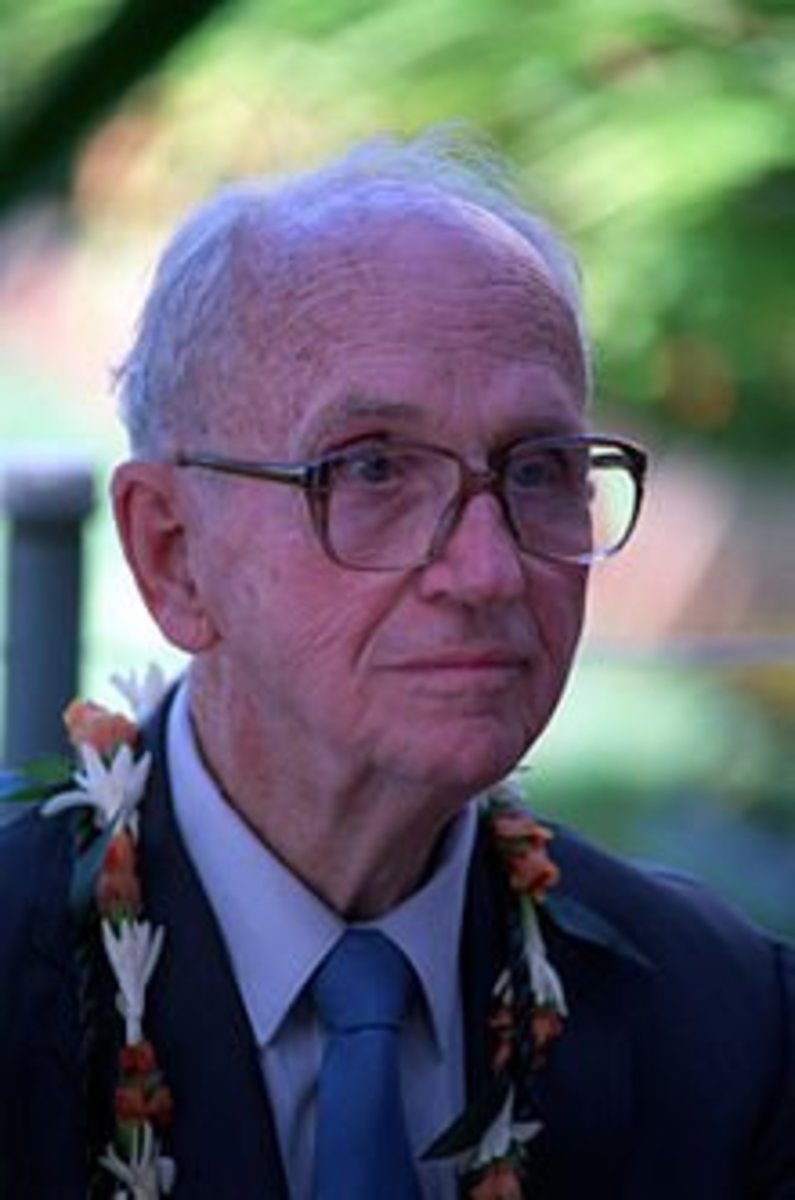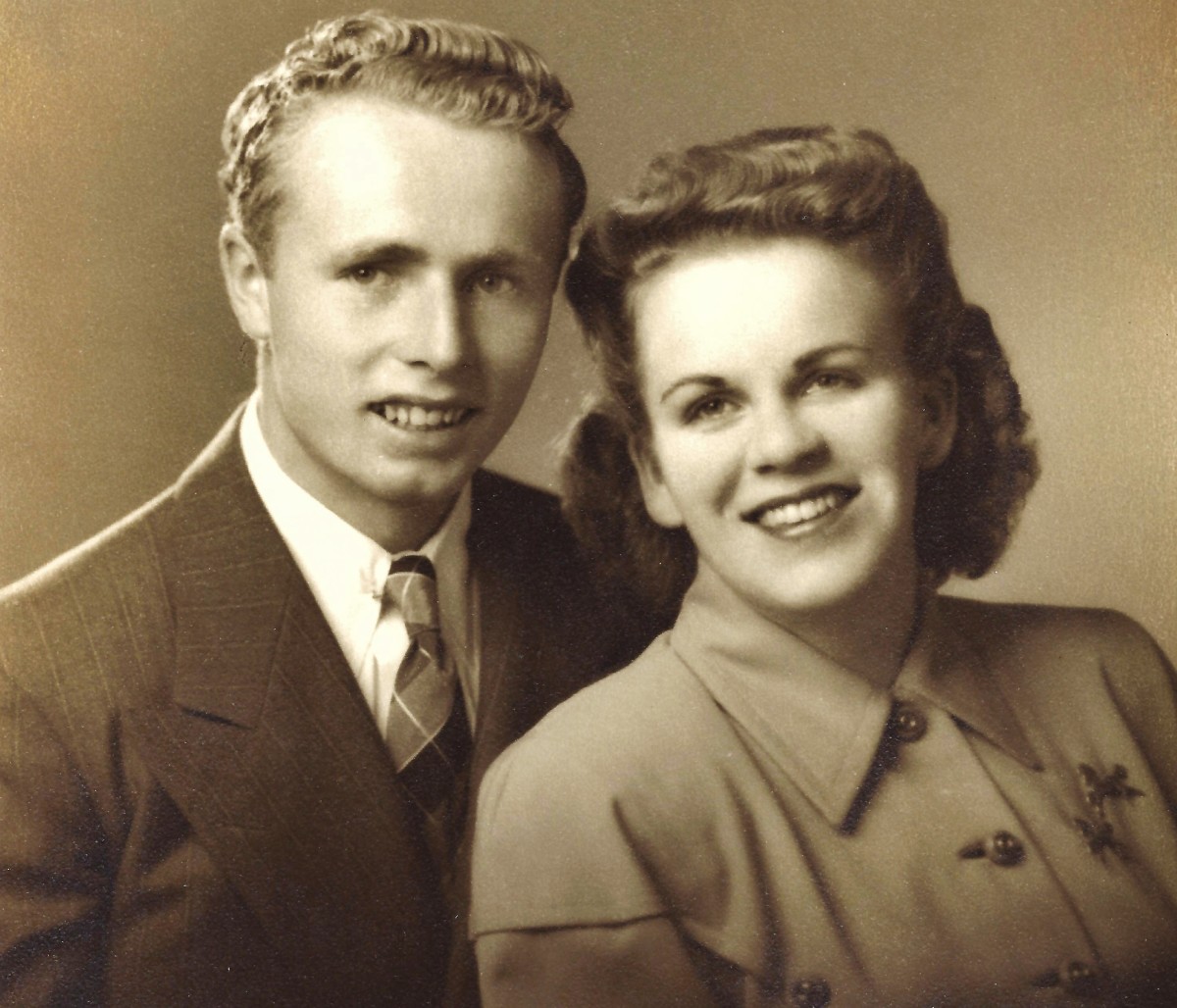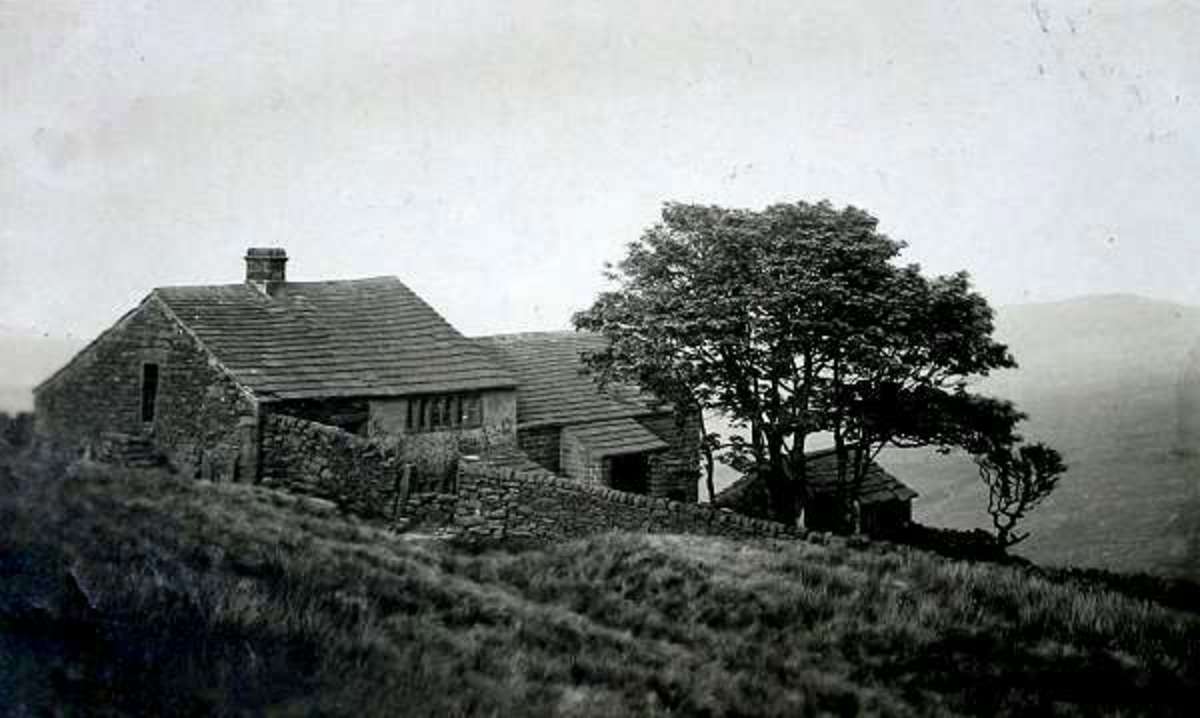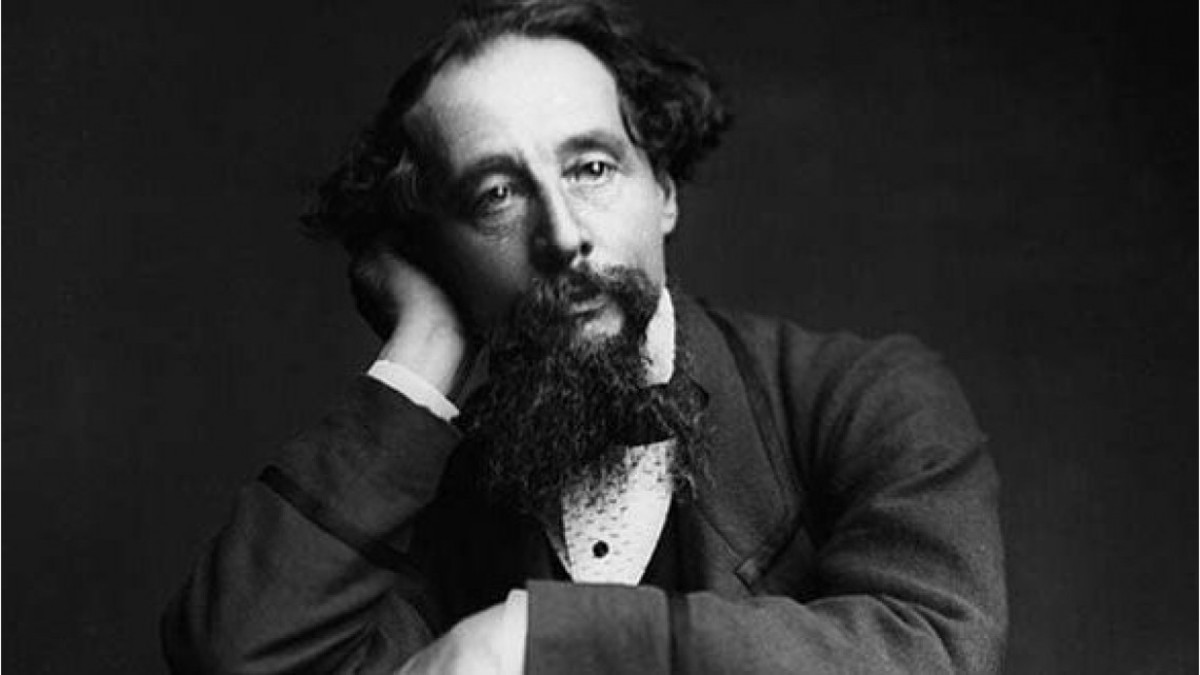Best-Selling Non-Fiction As Boomers Grew Up
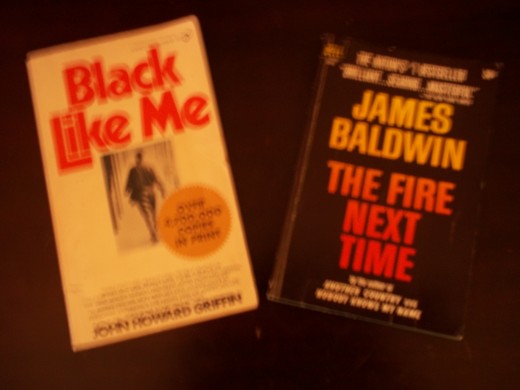
Fourth in the "Boomers Turn Seniors" Series: Non-Fiction of the 1950s and '60s
Much of the non-fiction published during a particular time period usually reflects the interests of a nation and the major issues affecting the country at that time. Non-fiction published during the 1950s and 1960s, when the first of the Baby Boomers were growing up, was no exception. There were so many important works of non-fiction published during that time; I've chosen to focus on some of those that rose to #1 on the New York Times Best Sellers list.
Near the beginning of the 1950s, Catherine Marshall, widow of the Reverend Peter Marshall, wrote a biography of her husband, who died at the age of forty-six. A Man Called Peter chronicles the life of the man who twice served as Chaplain to the U.S. Senate. ( Catherine Marshall went on to write more than twenty books.) Another minister, Dr. Norman Vincent Peale, wrote the popular and controversial The Power of Positive Thinking, in which he promoted his "When life hands you a lemon...." philosophy . Some of his critics accused him, among other things, of encouraging the use of self-hypnosis techniques. Despite the book's alleged flaws, it certainly was a powerful, much-discussed and oft-praised work ( The Rev. Billy Graham, one of the most respected clerics of the 20th century, was one of Peale's supporters.) Finally, one other piece of non-fiction with religious overtones was The Nun's Story, by Kathryn Hulme. Made into a movie starring Audrey Hepburn in 1959, this true story was about Hulme's friend (Sister Luke in the movie), who spent time as a nun first in the Congo, then in Europe during World War II, and was conflicted as to her choice of careers. (Later, the nun chose to leave her religious order to become a nurse.)
Some very different works of non-fiction were among those that made it to the #1 spot on the Best Seller list in the fifties. In the collection of his speeches and essays entitled But We Were Born Free, radio commentator and journalist Elmer David promoted the principles of thinking clearly, particularly in the realm of civil liberties. This helped turn the tide against the specter of McCarthyism which hung over the country at the time. The FBI Story, made into a movie starring James Stewart and Vera Miles in 1959, was John Hardesty's history of an FBI agent. This story was particularly important for focusing attention on groups like the Klan and incidents such as the Kansas City Massacre. (Whitehead's focus on the latter was influential in changing FBI operational tactics and procedure, specifically laws which finally allowed FBI agents to carry guns and make arrests.) Walter Lord's Day of Infamy took a look back in history and chronicled the events that made up the day Pearl Harbor was attacked, while Harry Golden's Only In America dealt with the then-current issue of de-segregation in the southern part of the United States. Jean Kerr's Please Don't Eat The Daisies, humorous tales (written in essay format) of bringing up four boys in the suburbs, lightened the tone of some of the more serious non-fiction books of that era. In fact, the book was so popular that it was made into a movie starring Doris Day and David Niven. Finally, the autobiographical Act I was the true story of the legendary stage and screen writer Moss Hart. (His last show before his death turned out to be Camelot in 1960.)
The best seller The Making of the President, by Theodore White, marked the beginning of the J.F.K. tomes with which the country seemed to be fascinated in the '60s. The focus of this particular book was the closest Presidential race to date (President Kennedy won by .1 percent of the popular vote) and the role that televised debates (a new concept on the political scene) had played in the election. A year later, #1 Best Seller The Man and the Myth, by Victor Lasky, took a more realistic look at JFK by focusing on the tricks of the political trade as practiced by the Kennedy clan. After Kennedy's assassination, his Profiles in Courage (though published in 1955 and rumored to have been ghost- written by Kennedy's close adviser and speechwriter, Ted Sorensen ), rose to #1 on the best seller list. Sorensen's Kennedy held a #1 position on the New York Times Dest Sellers list, and shortly thereafter, Arthur Schlesinger 's A Thousand Days, which documented JFK's tenure as President, was awarded both a Pulitzer Prize and the National Book Award. William Manchester's The Death of a President was another best seller focused on Kennedy, as was Four Days, published by United Press International and American Hertitage, Finally, Rush To Judgment, written By Attorney Mark Lane, questioned the findings of the Warren Commission, which had been formed to study the "conspiracy theory" that surfaced after the assassination. ( The Commission concluded that there had been no conspiracy, Lane disagreed.)
Believe it or not, there were many best sellers in the 1960s that explored topics other than those relating to JFK. Hermann Taller's Calories Don't Count obviously dealt with an entirely different subject, and John Steinbeck'sTravels With Charley, which chronicled the author's journey throughout the United States accompanied by his dog, took a far different tack than the novels for which he had been acclaimed. Ernest Hemingway, on the other hand, looked back on his life in his memoir A Movable Feast, memoirs which focused in his years as an ex-patriate in Paris during the 1920s. (Feast was published posthumously by Hemingway's fourth wife.) Silent Spring, by Rachel Carson, was revolutionary in its insistence on protecting the environment, in this case from pesticides. In fact, her book is credited for eventually stopping the use of DDT (1972). In a similar manner, Jessica Mitford, in a classic muck-raker style with undertones of humor, was responsible for exposing the commercial indignities of the funeral industry in The American Way of Death.
William Shirer's classic The Rise and Fall of the Third Reich speaks for itself. In another vein, Joy Adconson's Born Free, the story of how she and her husband, a Kenyan game warden, raised a lion cub and then trained it to live in the wild, was so well received that it was made into a movie. The Selling of the President, by Joe McGinnis, focused on how two men "reinvented" Richard Nixon after realizing that, in poitics, at least, "image" trumps "issues". Probably one of the most historically relevant tomes of the 60's was Reminiscences, by General Douglas MacArhur. The book covered over half a century of history through the eyes of one of the most decorated military men in our history. During the end of the 1960s, Harrison Salisburg took a look back at the 1941-1944 Siege of Leningrad in The 900 Days.
Two treatises by esteemed economists made a significant impact during the decade of the 60s and beyond. John Kenneth Galbraith's The New Industrial State offered food for thought concerning capitalism and role that large corporations played in "regulating" the law of supply and demand through advertising and the like. Stock market guru Adam Smith put a slightly humorous slant on his particular area of expertise in The Money Game. I'm sure many readers smiled as they recognized a few colleagues in The Peter Principle, Laurence Peter and Raymond Hull's theory of employees "rising to their level of incompetence." On another note, Hiam Ginott made a significant contribution to self-help parenting on Between Parent and Child, in which he promoted open dialogues between parents and their children.
Of course, we can't forget the nation's first "non-fiction novel", the chilling In Cold Blood by Truman Capote, or James Baldwin's personal, no-holds-barred glimpse of what it meant to be a Negro in America in The Fire Next Time. ("The paradox- and a fearful paradox it is- is that the American Negro can have no future anywhere, on any continent, as long as he is unwilling to accept his past." (p. 111) Finally, Black Like Me, by John Howard Griffin, chronicled the six week journey of a white-man-turned-black (with the help of medication) through the segregated South. Griffin truly did walk in the shoes of the Black man and, ironically, when he returned to his "white" life, paid the price exacted on many Black men in the South: the Ku Klux CLan burned a cross on his lawn and threatened his life.
As you can see, the non-fiction of the 1950s and 60s truly reflected the times. These books and many others of that time period serve to remind many Boomers of all that was happening as they were growing up.

As you can see, the non-fiction of the 1950s and 60s truly reflected the times These books and many others of that time period serve to remind many Boomers of all that was happening as they were growing up. The also act as supplementary history texts for those who did not grow up during that historic, pre-technology era and perhaps cast a shadow on some things we perhaps might wish to forget.

